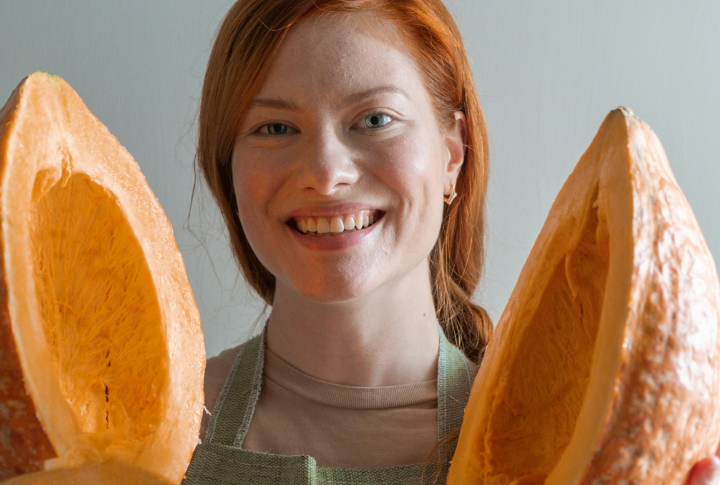
Native American ingredients bring earthy tones and a richness rooted in history. These aren’t trend-chasing superfoods but culinary essentials grounded in heritage. If your meals could use more soul and richness, this list will show you exactly where to begin.
Blue Corn
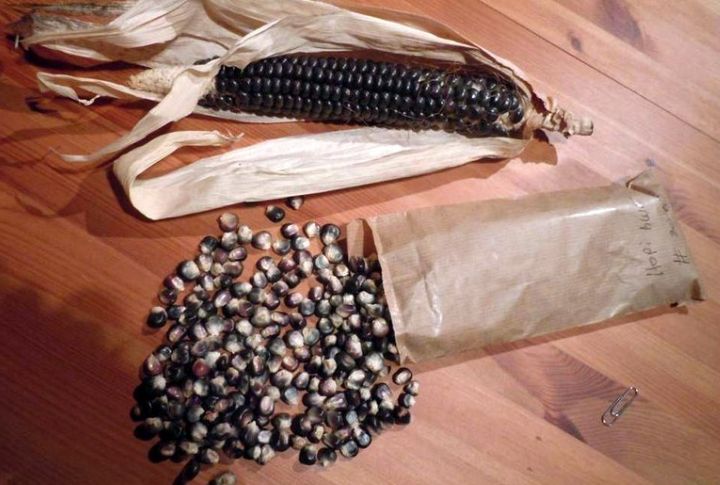
Blue corn stands out for its deep color and deeper meaning. More than a crop, it carries cultural weight and bold flavor. It’s higher in protein than yellow corn and has a nuttier flavor, too. Grind it into flour or try it in atole; that creamy, spiced drink might win you over.
Chokecherries

Tart and tiny chokecherries played a significant role in the diets of Plains tribes. Mixed with dried meat and fat, they became pemmican—a high-energy survival food. These berries contain powerful antioxidants and natural astringents. Their importance was cultural, woven into seasonal harvest rituals that had been passed down through generations.
Squash
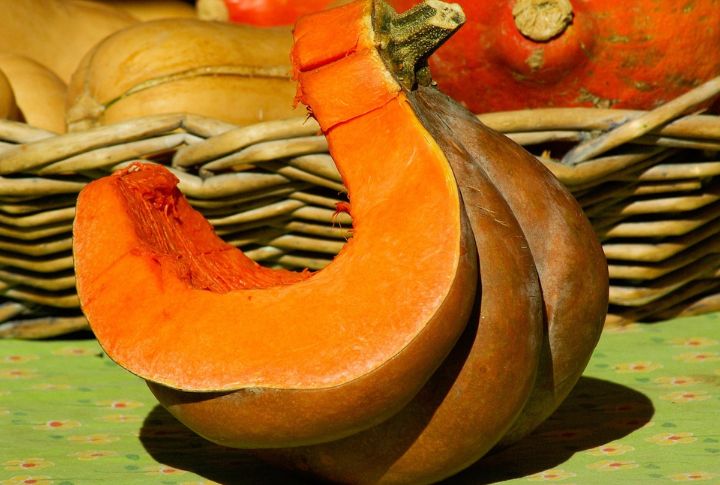
It is not just a side dish. Squash moonlights as garden muscle. Its broad leaves shaded the soil and crowded out weeds while strong roots anchored the earth. Inside, dense flesh offered steady nutrition. With endless varieties and long shelf life, it fueled families and showcased Indigenous farming know-how.
Maple Syrup
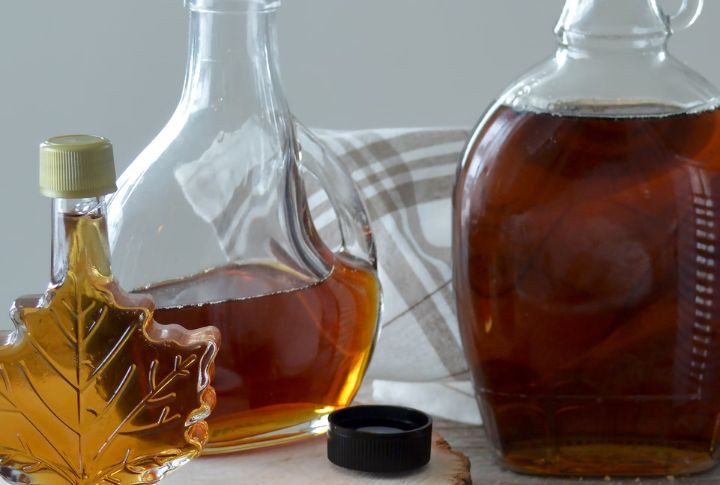
Tapped from sugar maples long before pancakes met plates, maple syrup was a prized sweetener among Northeastern tribes. They boiled the sap over open fires until it was golden and thick. Forget fake syrups; drizzle this on roasted carrots or stir it into marinades for a truly authentic flavor.
Wild Rice
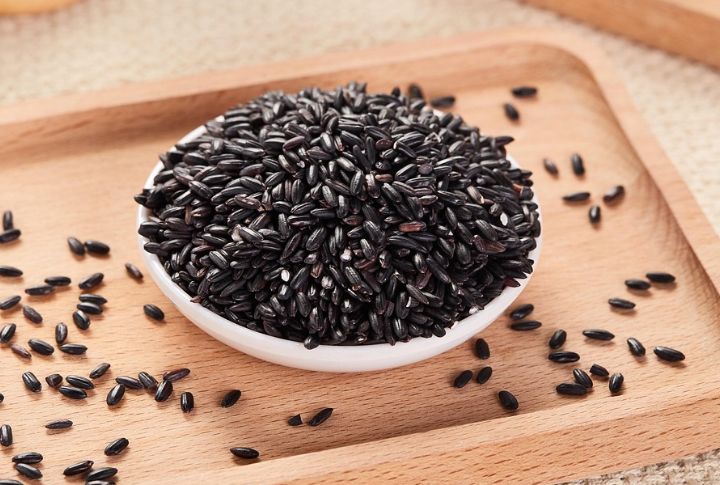
Known as manoomin to the Ojibwe people, wild rice isn’t rice at all; it’s a marsh-growing seed. Nutrient-rich and flavor-dense, it is harvested from shallow lakes in canoes. Add it to soups or roasted veggie bowls when you want a chewy texture and earthy undertone that brown rice can’t compete with.
Bison
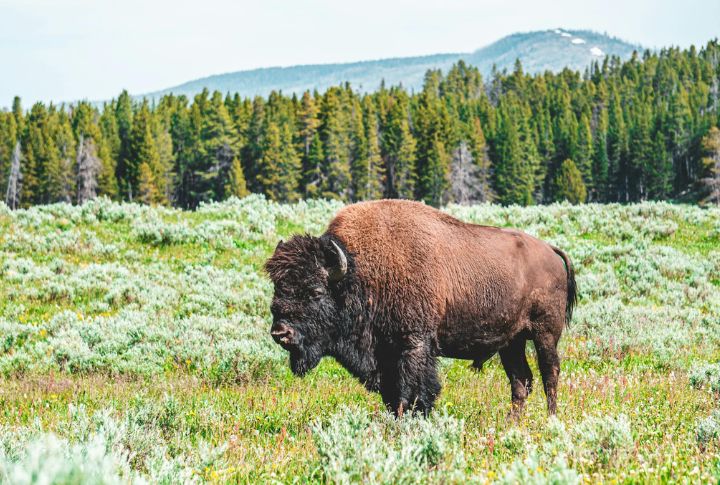
Roaming across the Great Plains, bison provided the Lakota and other tribes with meat rich in protein and iron. They were central to both nutrition and survival for centuries. Every part of the animal, from sinew to hide, was once used. It’s leaner than beef and has a richer flavor.
Pine Nuts
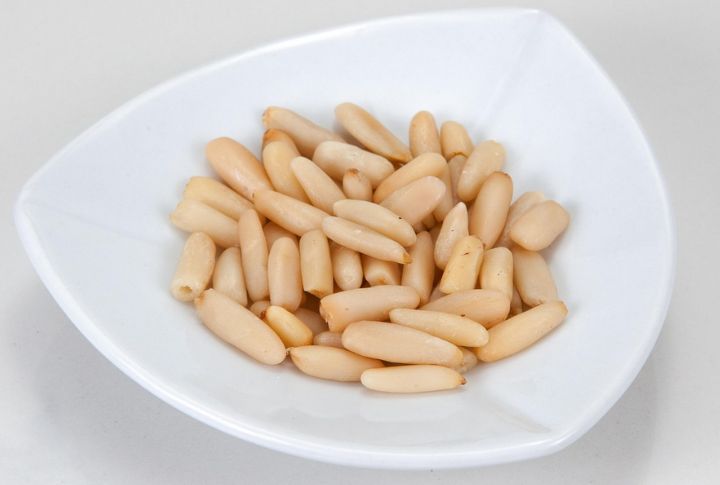
Cracking open flavor takes work—just ask anyone who’s gathered pine nuts. Harvested from pinon pines by Navajo and Shoshone communities, they offer buttery richness and a satisfying crunch. Collecting them meant climbing, roasting, and shelling. The tradition is often linked to ceremony and season, strengthening ties as people prepare for winter.
Hominy
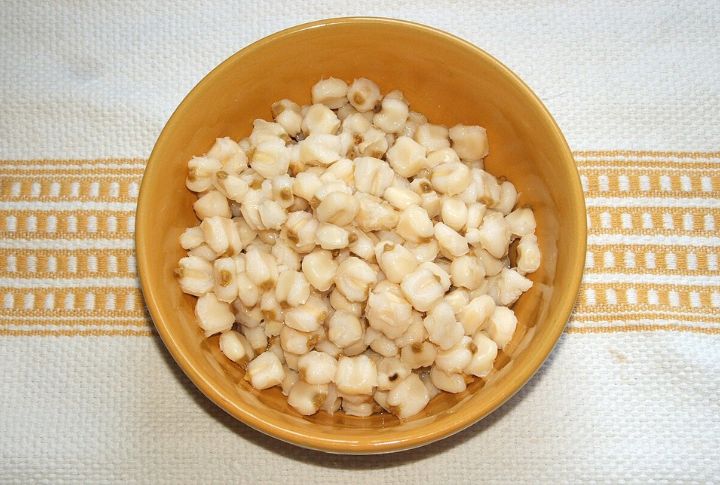
Soaked in an alkaline solution through a process called nixtamalization, hominy was a prime component of the diets of Southeastern tribes. This treatment unlocks niacin, a vital nutrient that prevents deficiency diseases like pellagra. Its transformation from simple corn to a sustaining staple speaks volumes about Indigenous knowledge and culinary ingenuity.
Nopales
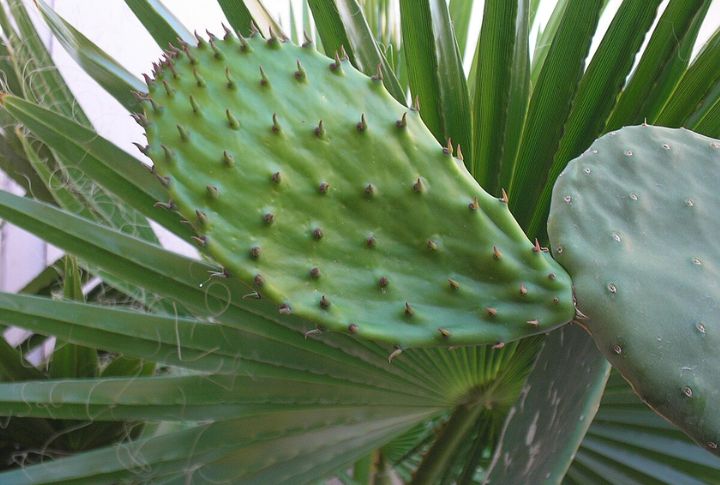
Slimy? Only if you skip the prep. Nopales—those prickly pear cactus pads—have long starred in Southwestern Indigenous meals. Boil and saute them alongside onions. Their tangy bite complements eggs or tacos. Next time you crave something zesty, let Nopales surprise you with its fresh punch.
Acorn Flour
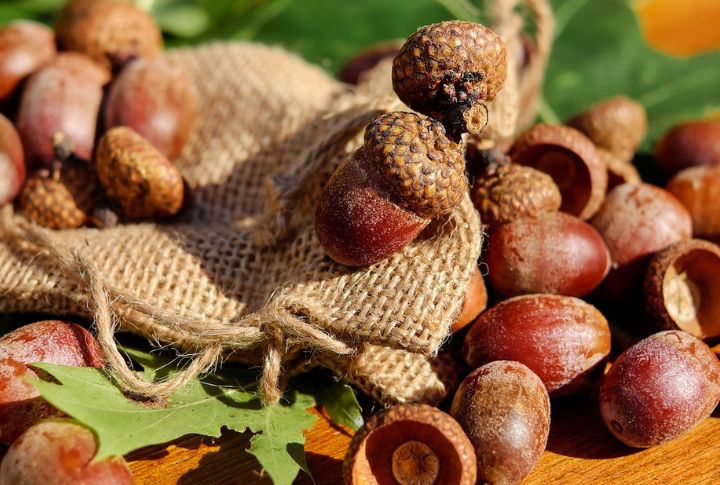
Fallen acorns might seem like squirrel food, but Native Californians made magic with them. They leached out tannins in water, then stone-ground them into flour. You can bake nutty bread with it or turn it into hearty griddle cakes. They were once essential for winter survival in oak-covered regions.
Leave a comment